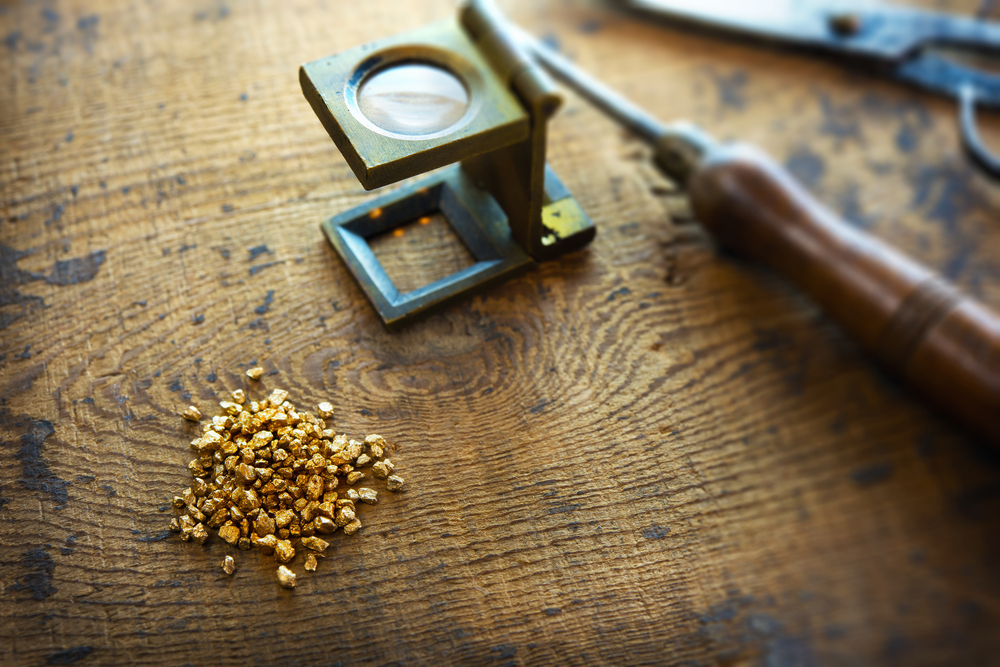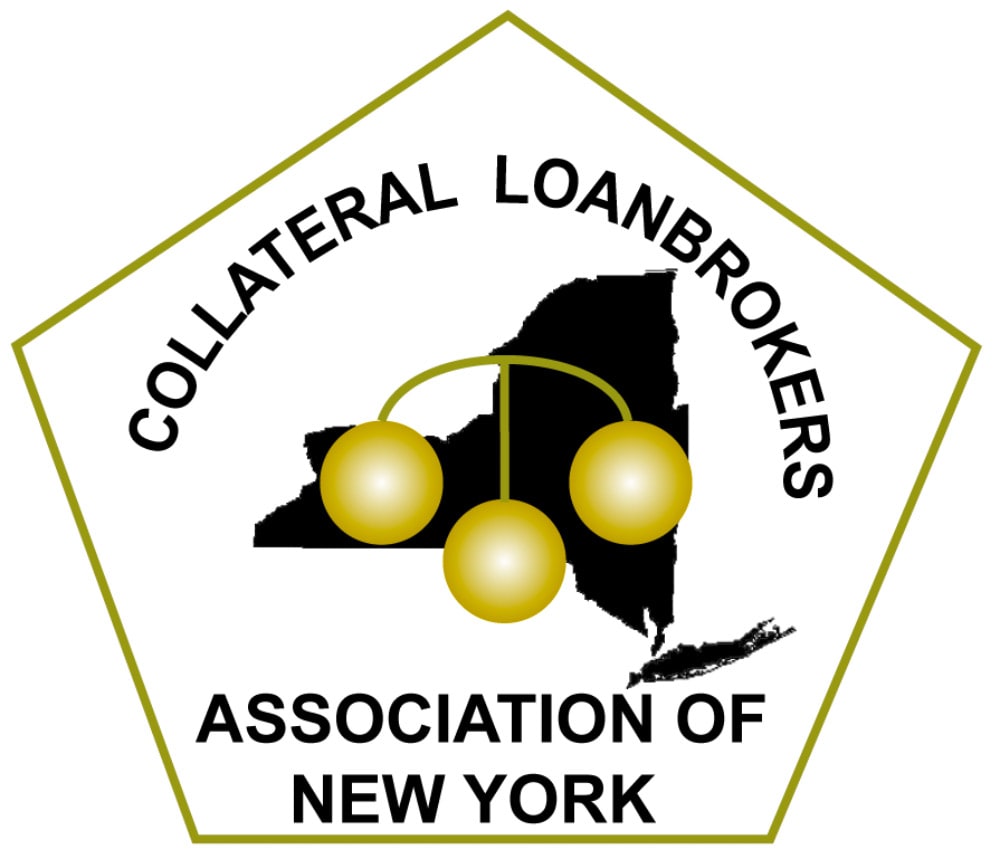Is your jewelry real or is it fake? This is a common question for many people. There are a lot of different ways to create jewelry that looks fairly real but does not actually have large amounts of precious metals or stones. The two best resources for finding out if the jewelry is authentic are jewelry appraisers and pawn shops. This is because both groups need to know the exact value of the jewelry. In this article, we will cover the different methods that are used to determine the value of jewelry and whether or not it is real.
How Is Gold & Silver Jewelry Tested By Pawn Shops?
First and foremost, it is the goal of any pawn shop to avoid damaging the jewelry. If you are planning to get the item back after paying your loan, or if you are selling it to the shop and they plan to sell it to a new owner, it is important to avoid damaging the jewelry. You can find hundreds of online guides on how to 100% test metals and stones, but many of them are risky endeavors that can damage the jewelry. One of the first things a pawn shop will do will be a purely visual inspection. Old jewelry that is gold-plated might already show the underlying metal due to years of rubbing against things. Additionally pawn shops will look for the official stamps for the jewelry. Many European and American Jewelry manufacturers put stamps into the jewelry to not only signify authenticity but also tell information about the piece. For example, a piece might be marked with a three-digit number that says how many parts out of a thousand are gold. 500 would be half gold and 999 would be pure gold. This is common for European jewelry, while most American jewelry uses the karat system which counts in parts of 24. 24 karats is pure, while a lower number determines the percentage (almost anything under 10K is not going to be considered “real” gold, and anything gold-plated or gold-filled is also not considered to be gold).
Gold Jewelry Testing Methods Done By Pawn Shops:
In the case where gold needs to be tested for whether or not it is real, there are a few options. One of the easiest in the world is a magnet test. If jewelry is magnetic it is not gold. If the jewelry isn’t magnetic, that doesn’t mean it is gold, it means it either is gold or another non-magnetic metal. But this test is a very easy and safe test that can rule out fake pieces pretty quickly. There are also density tests. Gold is one of the densest metals and you can calculate density by knowing a piece’s size vs its weight. Beyond this, acid tests and XRF testing might be done. An item is rubbed on a black testing stone, and the gold that rubs off is then tested with acid. If the metal reacts it is likely that the jewelry has low purity, if there is a small reaction it would suggest a moderate purity but not pure gold. Different acids are used to test different karats of gold.
Learn more about Jewelry Authenticity
In an earlier blog we covered ways you can tell if diamonds are real or not, we have also covered a quick guide on what stamps mean for jewelry as well as how real diamonds are appraised. Visit our blog to learn more about how Jewelry value is determined. Additionally, if you are looking to sell, buy, or get a loan for jewelry in the NYC area, please give us a call, or visit us at our locations in the Bronx.



